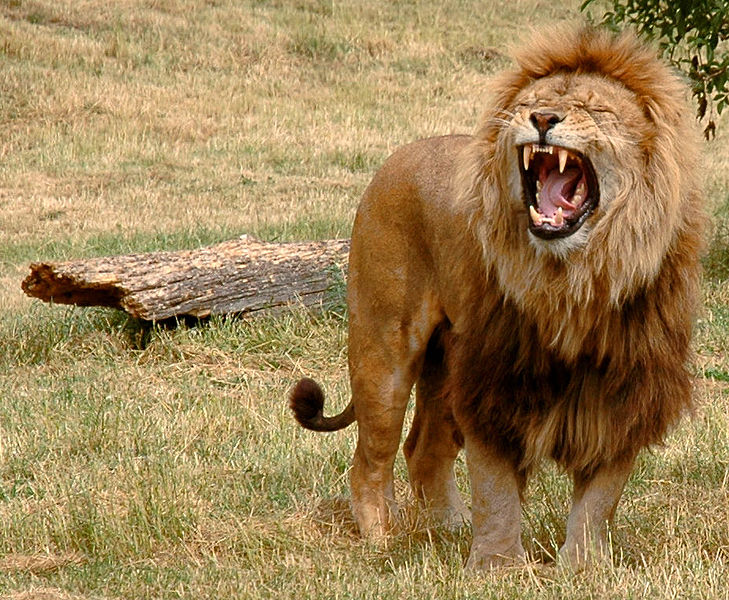I've been trolling the garden catalogs lately. Seems to happen this time of year, when a burst of warm days catches everyone by surprise, although early spring seems to be rapidly becoming the norm. Even the groundhogs say so.
 |
Punxatawney Phil's not the only game in town.
Meet Unadilla Bill. (source) |
This year, as we enter our second spring in our home, my husband and I (well, mostly me) are determined to do something with the front yard. The grass pretty much died last year. Drought does that. And I must admit, I encouraged it. I tried to kill off a couple of shrubs, too, but they were hardier than I'd expected.
My husband and I want a beautiful flowering, fruit-producing tree out front, surrounded by beautiful, habitat-producing native plants. The tree's the sticking point, though. We really want to put in a Mexican plum.
 |
Mexican plum trees in full bloom by TexasEagle.
Lovely aren't they? (source) |
Why choose a tree that grows naturally in our state but is nowhere to be found in local nurseries? Several reasons, actually.
They are drought tolerant. (Number one biggest criterion: check!)
They are native to our region. (Number two biggest criterion: check!)
They like full sun. (Important when putting a tree on the south side of the house.)
But for some reason, they are listed as doing best in zones 6-8. (If you're not a gardener, all you need to know is that the country is divided into zones, depending on how cold it gets in winter, and plants are grouped depending on their cold tolerance.) My husband and I live in zone 5, which means winters would be too cold for this tree.
That's not so good. Because this tree seems perfect in every other way.
Then I stumbled on
this. Unfortunately, I can't import it into the blog, but it's worth the jaunt over to the
Arbor Day Foundation to check out
the animation. Seriously. It's pretty eye-opening. I'll wait.
Incredible, isn't it? The zones are migrating north at a rapid clip, and that animation showed the change over a 16 year period. Only 16 years! Winters aren't getting nearly as cold as they used to. There are some benefits to that (like lower heating bills and planting the plum tree!), and some drawbacks (like flea outbreaks due to lack of a hard freeze to kill off the eggs).
That's why I'm working so hard to put in regionally native plants that can tolerate the harsher climate we seem to be moving toward. I don't want my yard to turn brown in summer. I want it to be full of color and life.
Curious about what kinds of trees and plants would be native to your area?
There are a couple of great resources that I use on a regular basis. The
Arbor Day Foundation has a
searchable tree database based on where you live (caveat: they only list the trees they carry in their nursery, so you might not find what you're looking for, but it's a good starting point).
My favorite resource is the
Lady Bird Johnson Wildflower Center, which has
lists of recommended species for each state and for all kinds of native plants.
Have you noticed a warming trend in the winters? How has it affected you?





